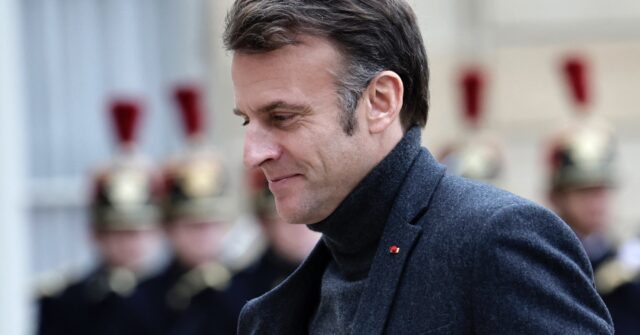Following the ceremonial reopening of Notre Dame Cathedral, President Emmanuel Macron has shifted his focus back to the significant political turmoil in France after the collapse of his government for the second time this year. Meetings held at the Élysée Palace aimed at forming a stable coalition government were attended by leaders from liberal and leftist parties. Macron’s earlier decision to call for snap legislative elections in July has resulted in a fractured National Assembly, complicating his efforts to secure a viable governing majority.
Macron’s previous effort to form a government relied heavily on the center-right Republicains party, led by Michel Barnier, a notable figure for his Brexit negotiations. This coalition required the conditional support of Marine Le Pen’s National Rally party, which holds the most seats in the assembly. However, the partnership deteriorated when Barnier attempted to impose fiscal austerity, which prompted Le Pen to withdraw support. Subsequently, she joined the leftist New Popular Front’s no-confidence motion against Barnier, leading to his removal after just 91 days in office—the shortest of any French prime minister in recent history.
In light of the political landscape where both left and right have united against his leadership, Macron now seeks to diminish Le Pen’s influence by actively excluding her party from his coalition. Following discussions with party leaders, Marine Tondelier, the head of the Écologistes, reported that Macron expressed commitment to constructing a government that will not depend on the National Rally. It’s seen as a strategic pivot aimed at isolating Le Pen from future governing coalitions, thereby stabilizing his leadership while diminishing her political leverage.
The current political math reflects a challenging landscape for Macron, who has only about 165 MPs loyal to him in the 577-seat National Assembly. With Le Pen’s party comprising around 140 seats, a partnership with leftist factions under the New Popular Front is viewed as essential for a possible coalition. However, doubts remain about the willingness of either side to accept a prime minister from the opposing block and whether Macron’s allies can tolerate collaboration with far-left parties. This potential partnership is likely to face substantial hurdles and skepticism given the ideological differences.
Moreover, Macron’s reported strategy includes avoiding fresh legislative elections until his term ends in 2027, despite the continued political deadlock within the assembly. If Macron manages to create a new coalition without the National Rally, it could result in a paradoxically advantageous scenario for Le Pen, who might gain from being positioned as a consistent opposition figure. Should tax increases and austerity measures be implemented, the National Rally could effectively blame Macron’s administration for France’s economic distress, allowing for a potential rallying of support under their banner.
In conclusion, while Macron is navigating a challenging political landscape with efforts to forge a governing coalition, the long-term stability of his presidency remains uncertain. The dynamics within the National Assembly, characterized by a fragmented opposition and ideological divides, indicate that the political turmoil in France will likely persist unless a viable solution is found. The upcoming months will be crucial in determining whether Macron can effectively sideline Le Pen’s National Rally and restore some semblance of governance during his current term. This political chess game, with alliances in flux, will have lasting implications for France’s governance and policy direction.

